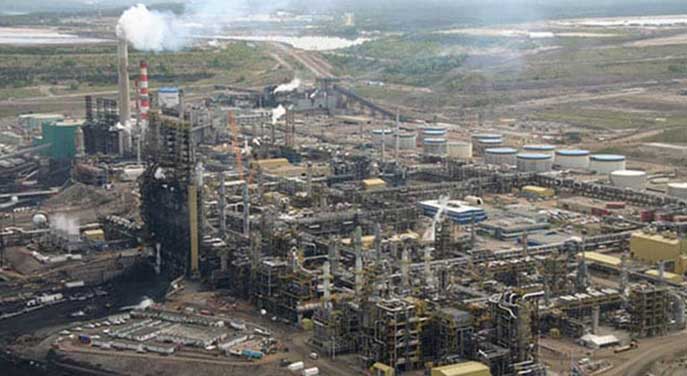The cost of building and operating oil sands projects has fallen dramatically in recent years and total oil production is expected to rise by another one million barrels per day (mbd) by 2030, says a new report by IHS Markit.
But the report Four Years of Change, released on Thursday, added that external factors such as price uncertainty caused by pipeline constraints contribute to a more moderate pace of production growth than in the past.
The report said the cost to construct a new oil sands project is anywhere from 25 per cent to one-third cheaper than in 2014.
“Deflation in capital costs was a factor. But re-engineering – efforts such as simplifying project designs, building for less, and more quickly constructing and ramping up production – has also played a major role in the reductions,” said IHS Markit.
“The costs associated with the operation of oil sands projects have fallen even more dramatically. Operating costs for both oil sands mining operations with an upgrader and steam-assisted gravity drainage (SAGD) facilities fell by more than 40 per cent on average from 2014 to 2018. Increased reliability – reducing facility downtime and increasing throughput – was the biggest factor in the cost savings, which went as high as 50 per cent in some cases.”
Kevin Birn, vice-president of IHS Markit, heads the Oil Sands Dialogue. He said it’s important to note that the largest share of these cost savings are coming from structural changes, the way projects are designed, constructed or operated.
“These types of savings tend to be more permanent. This means that oil sands costs have a greater potential to remain in check should inflationary pressures resume,” he said.
“Oil sands economics have improved dramatically over a very short period. Still ongoing constraints continue to weigh on timing of future investments and the investment and the growth outlook continues to moderate. But growth is still anticipated. Nearly one-third of growth in the IHS Markit outlook to 2030 comes simply from the ramp up, optimization and then sustaining of existing facilities. There is upside potential, but the key will be the ability of government and industry to restore confidence that Canadian crude will get to market, whether by pipe or rail.”
– Mario Toneguzzi
The views, opinions and positions expressed by columnists and contributors are the author’s alone. They do not inherently or expressly reflect the views, opinions and/or positions of our publication.


